|
6/19/2019 2 Comments In Praise of Walking ToursI recently wrote about the fun and importance of house tours, now its time to praise a much more common tour – the walking tour. I’ve been going on walking tours for years. I’ve also been leading them for at least 12 years. There is no better way to learn about a city or town than to walk its streets and byways. Sure, you can drive around and admire any city, town or neighborhood, but you are often hurried along by traffic. If you are driving, especially in a new place, you need to be paying attention to the road, not the buildings, and you miss most of what you are trying to see. You can certainly get an idea of that area’s beauty or architectural significance by car, but nothing beats being able to put sneakers to the street and walking around with a knowledgeable guide. It’s an informative experience, an opportunity see detail and specifics, take some photographs, and it’s great exercise, too! Walking tours are not new. In this country, middle and upper class Victorians were really the first groups of people to have the leisure time to walk around. By the late 1800s, guidebooks were quite plentiful for most major cities, both foreign and domestic, and it wasn’t uncommon to see well-dressed people giving themselves self-guided tours all over. They also enjoyed guided tours. Those tours highlighted major monuments, buildings and homes and rarely strayed into unfamiliar neighborhoods or streets, but they were very popular to a group of people who prided themselves on being well-traveled and well-educated. Unfortunately, as a society, we seem to have lost that curiosity and the desire to KNOW. The rise of the automobile had a lot to do with that. Now, instead of the familiarity of walking past our built environment, we zip down the streets in a hurry to get somewhere, barely noticing our surroundings. This actually made it easier to lose elements of that built environment. How many times do we pass locations and notice that an older structure is gone, and we now have either a hole in the ground, or an entirely new building? Many times, we can’t even remember what was there only months ago. Most of us just don’t look around. New York City’s Cautionary Tale New York City was always proud of its reputation of being a place that never rested and was always changing. That’s all well and good, but in the process, it was losing a lot of its earliest heritage. By the end of the 19th century, improvements in steel frame construction and the improvement of elevators gave us the first skyscrapers. They soon replaced many of lower Manhattan’s early buildings. After World War II Manhattan underwent another huge period of growth. The city was changing from a manufacturing and shipping hub to an office and financial mecca. Modernism was now in vogue, and the new aesthetic was clean, sleek office towers of glass and steel. Many developers looked with disdain on the older turn of the century skyscrapers, which were seen as over-ornamented, old fashioned, and not nearly tall enough. Even iconic buildings like Penn Station and Grand Central Station were eyed for destruction and replacement. In the city’s residential neighborhoods, row house and small apartment blocks were also being torn down and replaced with new apartment towers for people of all incomes. Economically disadvantaged neighborhoods saw blocks and blocks of 19th century housing razed for tall housing project complexes. Remaining row house neighborhoods saw changes in facades, as houses were “modernized” and architectural details removed in order to transform former one-family houses into small apartment buildings. Fortunately, we had preservationists. Not just in New York City, but all over the country. They were architects, historians, urban planners, artists and craftspeople, as well as just ordinary people from all walks of life and occupations who recognized the importance of preserving our architectural and historic legacy. How can you teach the history of NYC’s role in the Revolutionary War, yet have no examples of Colonial-era architecture to point to? How can you show how the city has grown and evolved when everything is new? How can you destroy the fabric of the city, or the masterpieces that stand around us? How can you get people to care? Especially when they don’t think it’s about them, or that they actually have a voice? The best way to develop a populace that thinks these things are important is through education. And the best way to be educated about your streetscape is to walk it. In 1956, architectural historian and writer Henry Hope Reed led New York City’s first architectural walking tour. The tour was sponsored by the Municipal Arts Society (MAS), founded in 1893 to beautify the city with public art. Their mission soon became advocating for many of the city’s most important civic features, everything from streetlights to parks to public housing. They spearheaded the earliest calls for zoning reform and a landmarks law to protect the city’s architecture. Mr. Reed’s tours were a part of that effort. The tours were a great success. The press marveled at the popularity of the tours, as groups of people were taken to buildings and locations both known and relatively unknown. Reed was an encyclopedia of knowledge and research. His advocacy, and the advocacy of his fellow preservationists helped create awareness of the importance of architectural and cultural preservation. They suffered a mighty loss in the destruction of Penn Station and several other important buildings, but they were able to save Grand Central Station, and in 1965, were awarded with the creation of the Landmarks Law and the establishment of the Landmarks Preservation Commission. The first neighborhood to be landmarked was Brooklyn Heights. Henry Hope Reed’s walking tours for MAS were just the beginning. The Society expanded over the next sixty years adding tours that cover most of New York City’s neighborhoods. There are now tours in every borough. Walking tours are now offered by many different companies and individuals and range from the great to the not-so-good. They are part of a thriving tourist industry. The best tours are led by guides who love what they are doing. They know their territory and their topics, and have researched and memorized facts and names, and also anecdotes and tidbits that explain the history and culture. The worst guides know only what their scripts tell them and are only doing this because it’s a job. I've never been one of THOSE tour guides. I’ve been leading tours for MAS for about ten years. My tour partner, Morgan Munsey and I love what we do. We specialize in the architecture and general history of Brooklyn’s 19th century brownstone neighborhoods, especially in Central Brooklyn – Bedford Stuyvesant and Crown Heights. One of the first walking tours Morgan and I did was a Bed Stuy tour for a group of friends. That's them up above. We wanted to show them everything, so we took them on a tour that lasted about four hours. Amazingly, we are all still friends! We’ve learned to cut back. Mightily. Leading Tours Someone recommended that we do tours for MAS, so we contacted them, and did our first tour for them about ten years ago. We were the first guides to offer tours in Bedford Stuyvesant, and we were sold out every time. Everyone wanted to know about the neighborhood. Over the years we’ve expanded to five or six different Bed Stuy tours, as well as five Crown Heights tours, and we’ve added Clinton Hill, Fort Greene and an Abolitionist’s Tour of Downtown and Brooklyn Heights, as well. We both also lead tours separately for private individuals and for different organizations. Since I moved to Troy, I’ve also led a few tours here as well, and hope to expand on that in the future. Why? It’s certainly not for the money, unfortunately. It’s because our architectural, cultural and shared history matters to me. I think it’s a shame that we can all live our every day lives and walk or drive through where we live and not know a damn thing about our surroundings. I’ve always had a curiosity about where I lived. Why did this neighborhood evolve in this way? Who built the buildings? Who lived in them? What happened at this place, or during the time the buildings were new? Why is the street named after this person? Why did the builders build in this way? When I’m leading tours, it’s great that I can tell you who the architect of a building was and when it was built. It’s even better when I can tell you about the people involved. When did they live? What was going on in the culture that shaped the architectural style? What was going in society? How did the people live back then? How has that changed from the way we live now, and the way we approach and appreciate, (or don't appreciate) these buildings now. Are they important to preserve for future generations? I’ve told my audiences about murders, trials and verdicts, disasters like fires and floods, stories of political corruption, all kinds of personal and business scandals and shenanigans, racism and how it is overcome, and the great sacrifices and achievements of people who left us their built environment. Most of these people are lost to history, and I’m proud to keep them alive. I especially love it when my tour goers take notes and ask good questions. Sometimes I don't know the answers, and it spurs me to dig deeper for the next group. I hope they will look for more information on some of the people and events I talk about, and pass that on to others. I also love showing off great architecture, wherever it is. I love the different styles, the myriad details, the craftsmanship, the artistry. I enjoy the opportunity to show them the thought behind the design, if I know it. I want them to see the everyday with new eyes. To notice the small details in their rush to the subway, or as they walk. To learn how our cities grow and how they work. Because of people like John Hope Reed and the thousands of walking tour guides who came before and after him, no matter where they are, or when, more and more people are going on walking tours. It’s become a desired event when people visit a new city. Here in Troy, a city blessed with great architecture, a strong sense of preservation, and an amazing history, we need more tours. There should be people walking around Troy all the time, learning about all the neighborhoods in our fine city. The Rensselaer County Historical Society sponsors walking tours, so does the Hudson-Mohawk Industrial Gateway, Oakwood Cemetery and a few private individuals. But we need to have the opportunity for more! The city needs to make this more of a priority. Walking where Harriet Tubman walked, and where Charles Nalle struggled for his freedom. Seeing where Troy’s industrial pioneers started great businesses, where Uncle Sam is buried, and where his house was. And where Garnet Baltimore lived and worked. (The losses of those two buildings to ham handed and misguided urban renewal will be the topic of another post at another time.) See where a man named Frear started his empire, and where he lived, catch up on the story of Olivia Slocum Sage and her gift to Troy, and the importance of a small woman named Emma Willard. Learn how a neighborhood church like North Central’s St. Patrick’s united a neighborhood, and how the gentry lived in Lansingburgh. See where beer was made, and where massive iron bells were cast, and collars laundered. There’s so much here, and it’s almost all walkable.
So, let’s hear it for walking tours, and let’s have more of them. In Troy, in Brooklyn, Schenectady, Manhattan, Albany, everywhere! It’s so easy to be buried in your phone, or in driving, or in such a hurry that we don’t look around, and we don’t really SEE. You don’t have to go to London or Paris to see great architecture or experience history. We’ve got so much right here, wherever “here” is. Here are links to the Gateway tours and the Rensselaer County Historical Society Tours: https://hudsonmohawkgateway.org/GatewayTourBrochure2019Online.Small.pdf https://www.rchsonline.org/walking-tours PS You knew there would be a plug in here somewhere – this Saturday, I’m leading a walking tour of the eastern side of Crown Heights North, Brooklyn for the Crown Heights North Association (CHNA). If you are in Brooklyn, please join me. The tour sets out at 11am on June 22nd. Tickets are available at the starting point – St. Gregory the Great Catholic Church, at the corner of St. Johns Place and Brooklyn Avenue, and on our website and Facebook page. Highlights include visits to two Crown Heights homes, St. Gregory’s and a wealth of great architecture, history and people who built this extraordinary Brooklyn neighborhood. The tour costs $15 and all proceeds will go to the Weeksville Heritage Center. Weeksville was an African American town within Kings County, founded by free black folks in 1838. The Center has preserved three of the original buildings, has a modern exhibit, research and cultural center and is a fantastic resource into African American life in Brooklyn in the 19th century. It’s not just about black history, it’s AMERICAN history, and CHNA is proud to support this important institution. https://www.crownheightsnorth.org/index.html https://www.facebook.com/events/1546107525519659/ More self-promotion - I am available to lead private tours in Brooklyn and Troy. If you are interested in details and rates, leave a comment or contact me through my "Suzanne Spellen, freelance writer" page on Facebook. I'll get back to you.
2 Comments
7/15/2022 10:46:18 am
Thank you Suzanne for sharing these awesome views from Troy.
Reply
1/17/2024 06:38:36 am
How does the author of "In Praise of Walking Tours" emphasize the significance of exploring a place on foot? Greeting : <a href="https://sas.telkomuniversity.ac.id/en/">Telkom University</a>
Reply
Leave a Reply. |
AuthorMy name is Suzanne Spellen. I've been many things: a writer, historian, preservationist, musician, traveler, designer, sewer, teacher, and tour guide; a long time Brooklynite and now, a proud resident of Troy, NY. Archives
February 2019
Categories
|
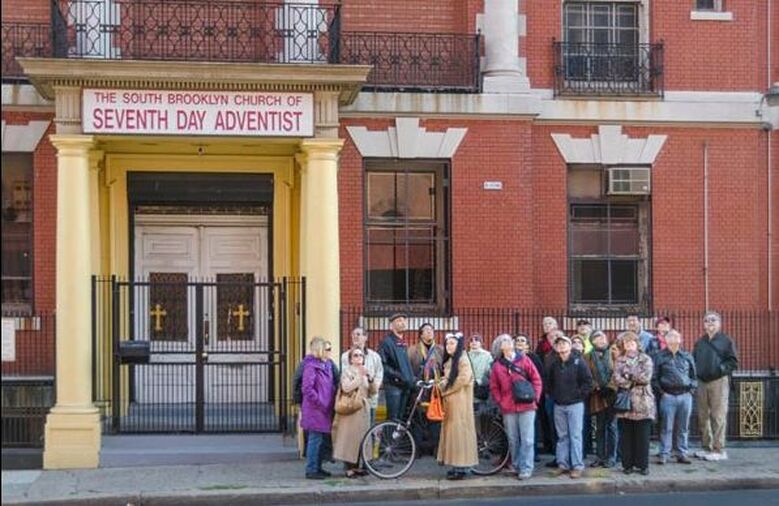
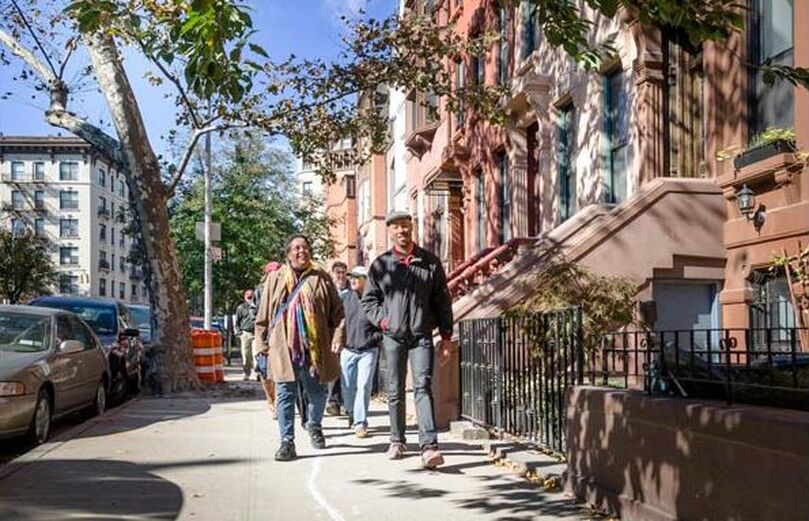
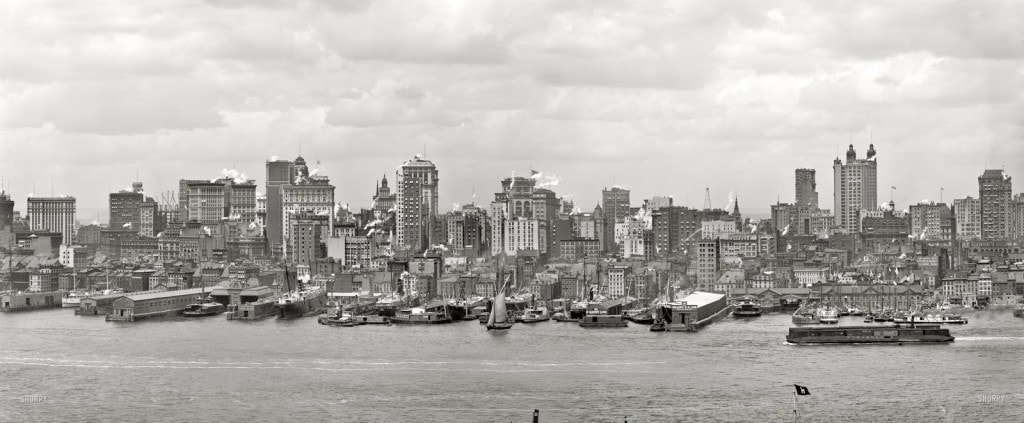
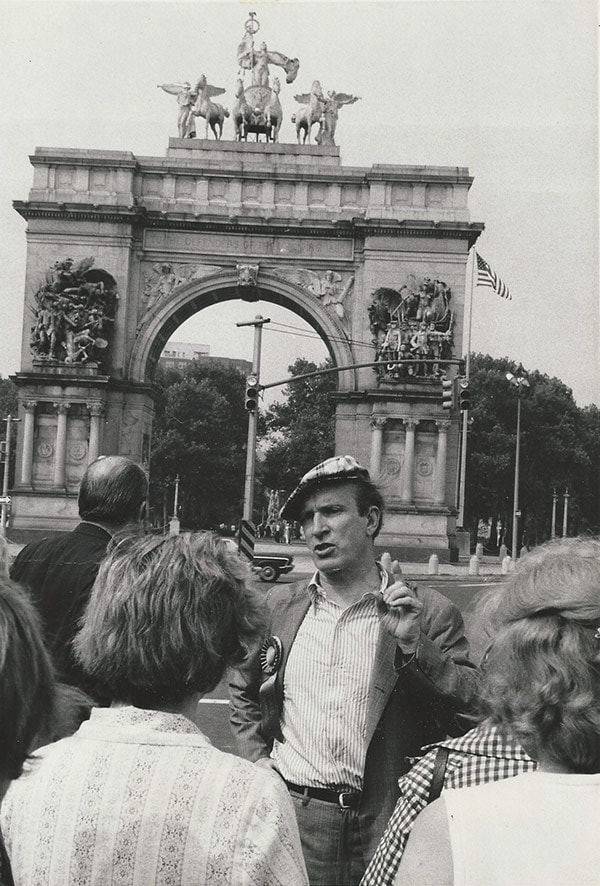
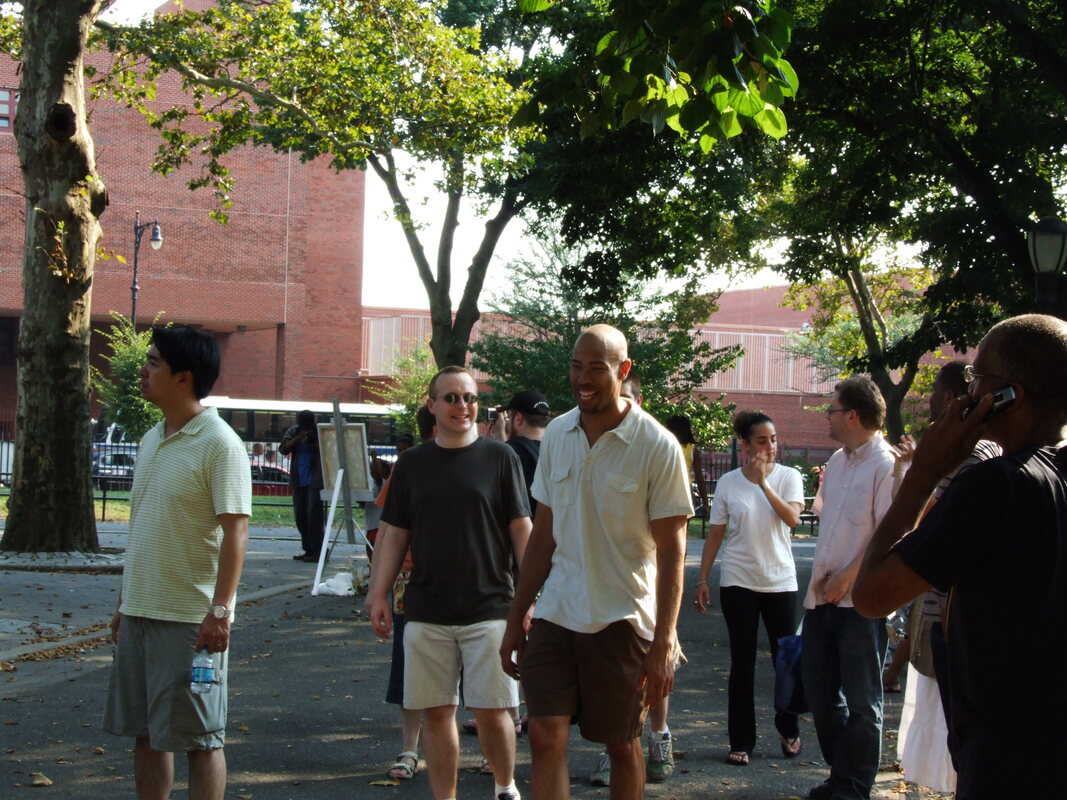
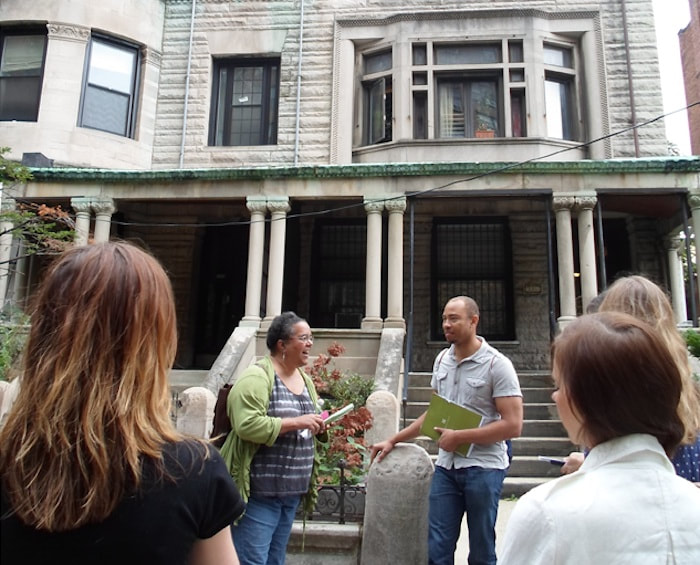
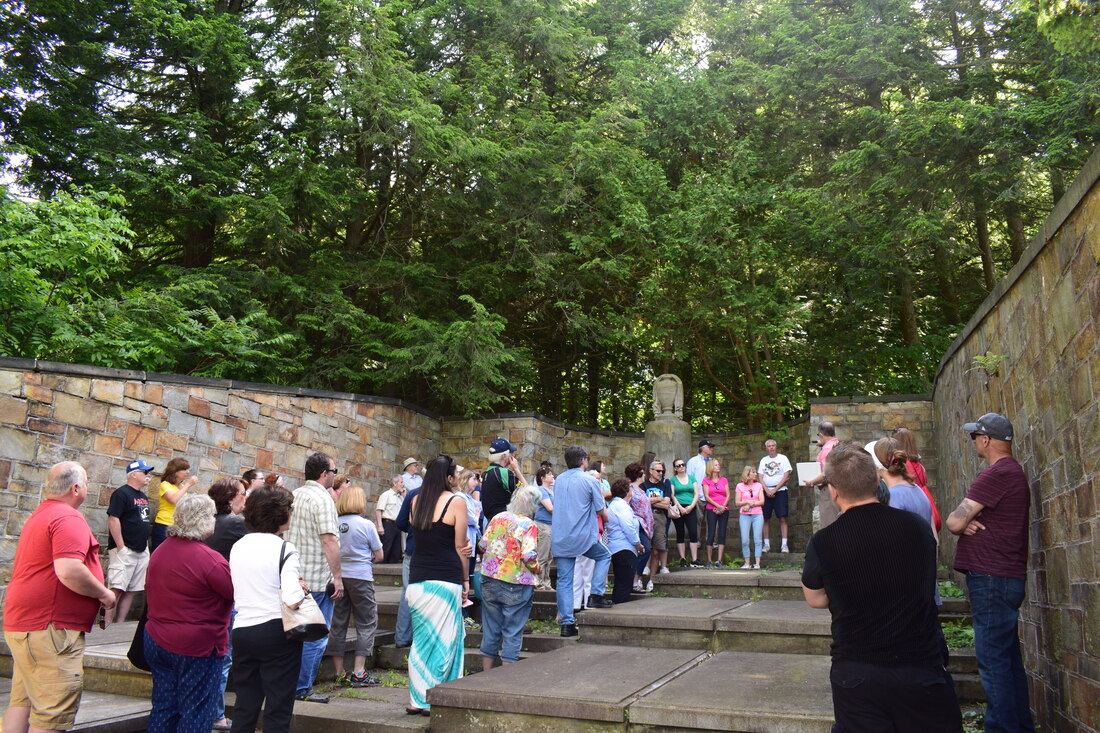
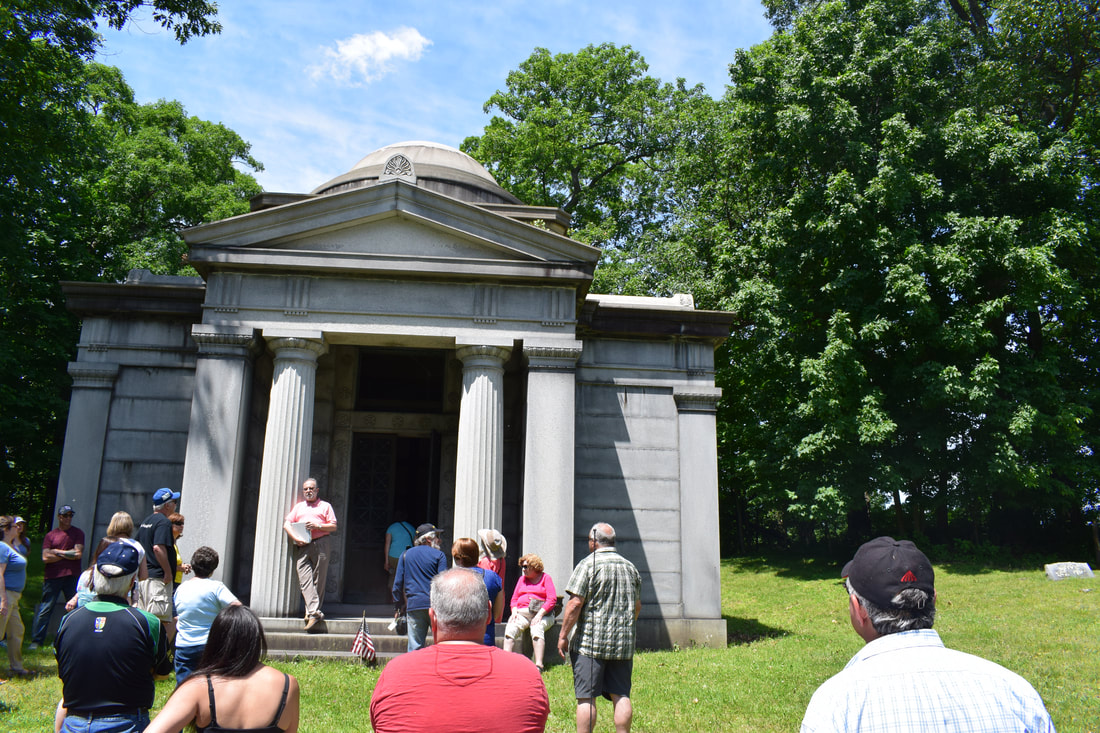
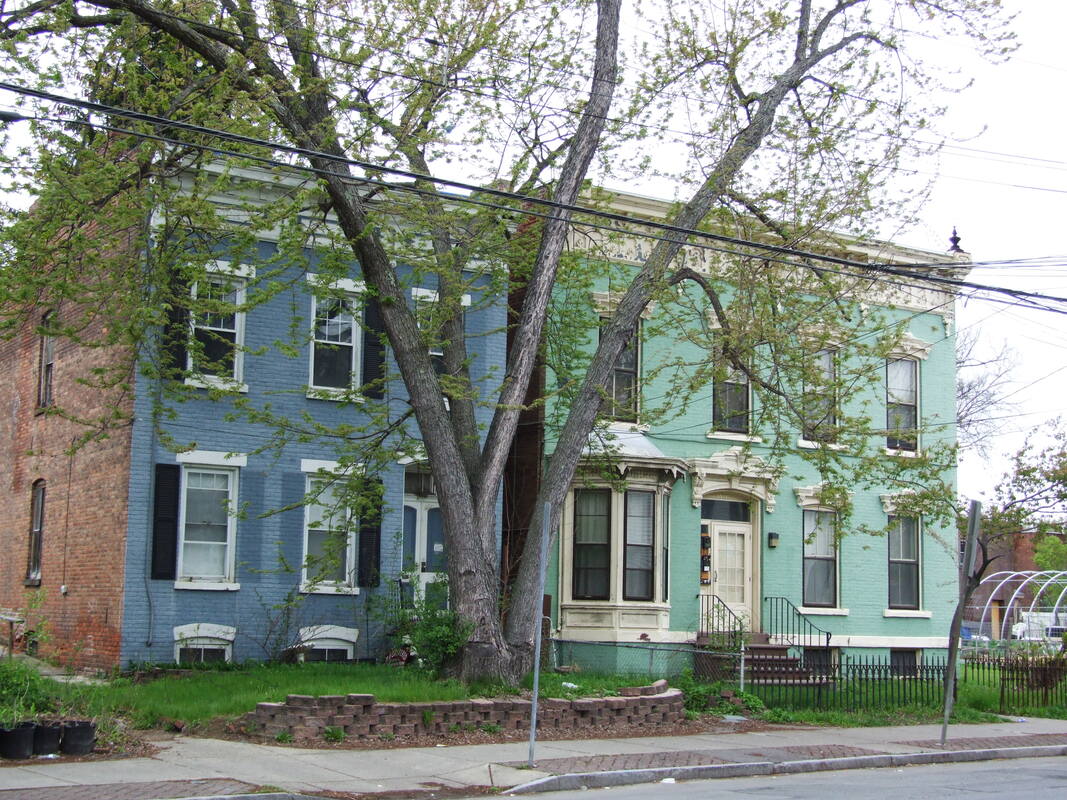

 RSS Feed
RSS Feed
